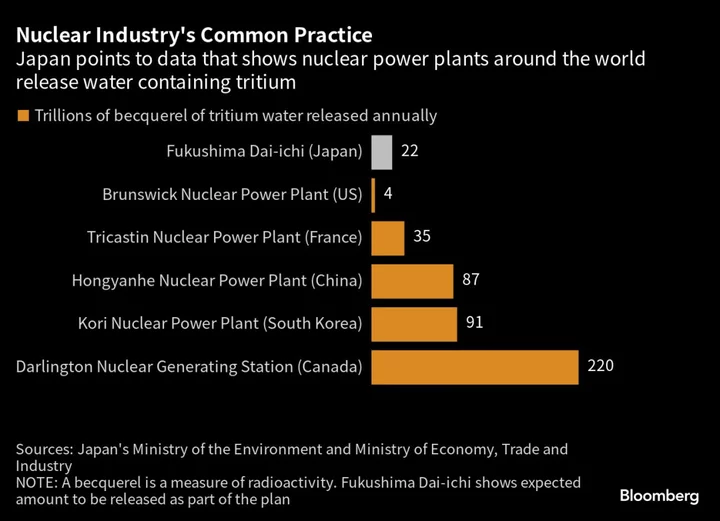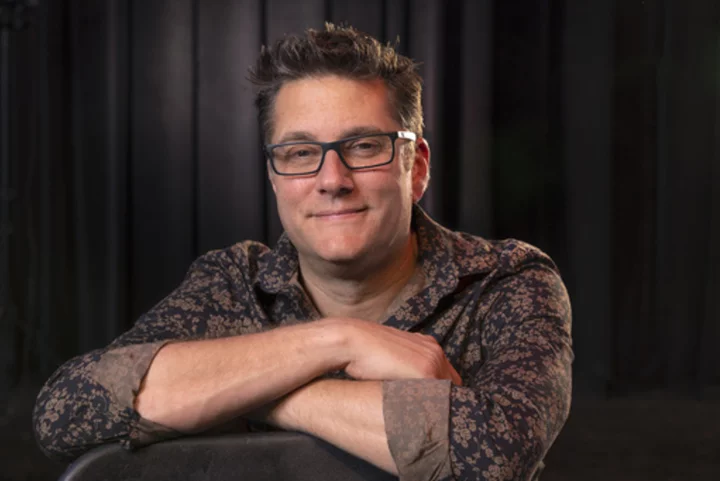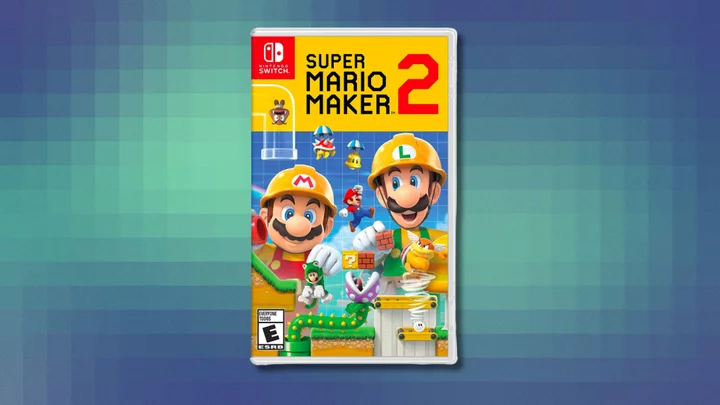Japan will begin a contentious plan to discharge treated wastewater from the Fukushima nuclear disaster site into the Pacific Ocean as soon as Aug. 24, NHK reported.
Prime Minster Fumio Kishida had earlier told reporters his cabinet would meet Tuesday to confirm the date on which Tokyo Electric Power Co., operator of the wrecked Fukushima Dai-Ichi facility, will start releasing the water. NHK didn’t cite any source for the information.
Members of Kishida’s cabinet will meet at 10 a.m. local time in Tokyo, Kyodo reported citing Kishida’s office.
Read more: IAEA Says Plan to Discharge Fukushima Wastewater Is Safe
Kishida on Monday met with the head of Japan’s fishery industry association to discuss the issue, and on Sunday had visited the Fukushima site.
Japan’s plan to discharge treated wastewater from the site — equivalent in volume to about 500 Olympic-size swimming pools — over a period of at least 30 years has drawn fierce criticism from China and some other nations, which have questioned the proposal’s safety.
Though the release of wastewater from nuclear sites is commonplace, China has raised doubt over the effectiveness of Tepco’s treatment system and argues there are differences with standard industry practice because Fukushima was the site of a 2011 meltdown.
Local fishing groups in Japan have expressed concern the release will threaten seafood sales, while cosmetics brands were targeted by a viral campaign tied to the issue. Worries over food safety have also prompted threats from Hong Kong to impose new curbs on imports, and triggered a spike in demand for sea salt in South Korea as consumers attempted to stockpile before the wastewater release.
Tepco’s plan is part of the complex and expensive effort to clean up the worst atomic accident since Chernobyl. The utility cycles in water to keep debris and fuel at the damaged nuclear reactors cool, and the contaminated liquid — along with other groundwater and rain — is being processed to remove most radioactive elements.
That wastewater has been stored in about 1,000 tanks at the site and the vessels will reach capacity next year, prompting the search for a permanent solution.
Japan’s discharge plan “would have a negligible radiological impact on people and the environment,” International Atomic Energy Agency Director General Rafael Grossi said last month after a two-year review found the strategy complies with global standards.
Grossi, who met with Kishida July 4, confirmed the IAEA will monitor the releases and said the agency will work to help address concern from neighboring nations.
(Updates with additional information throughout)









